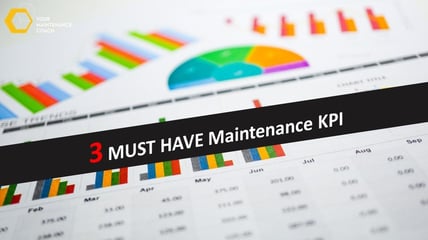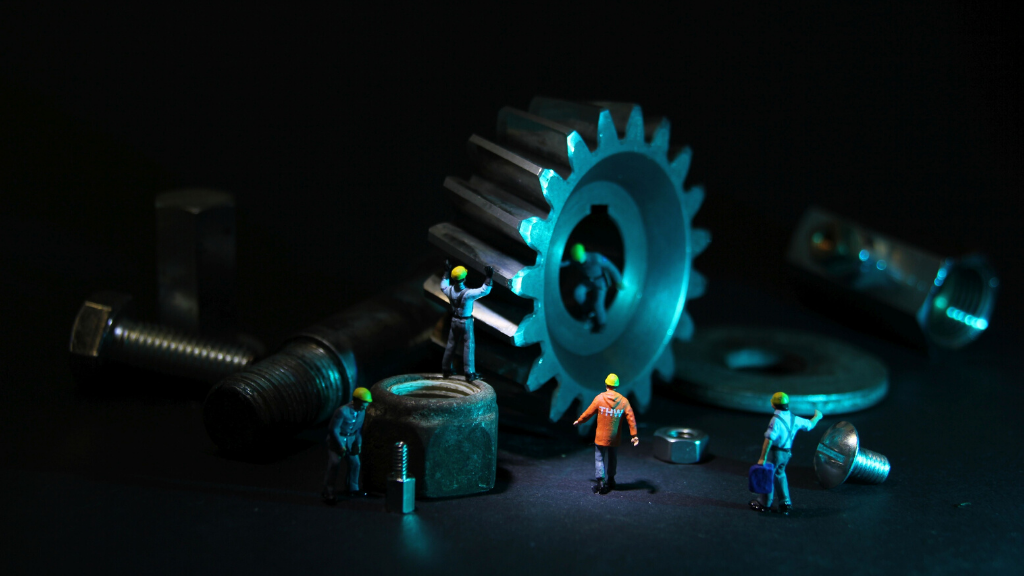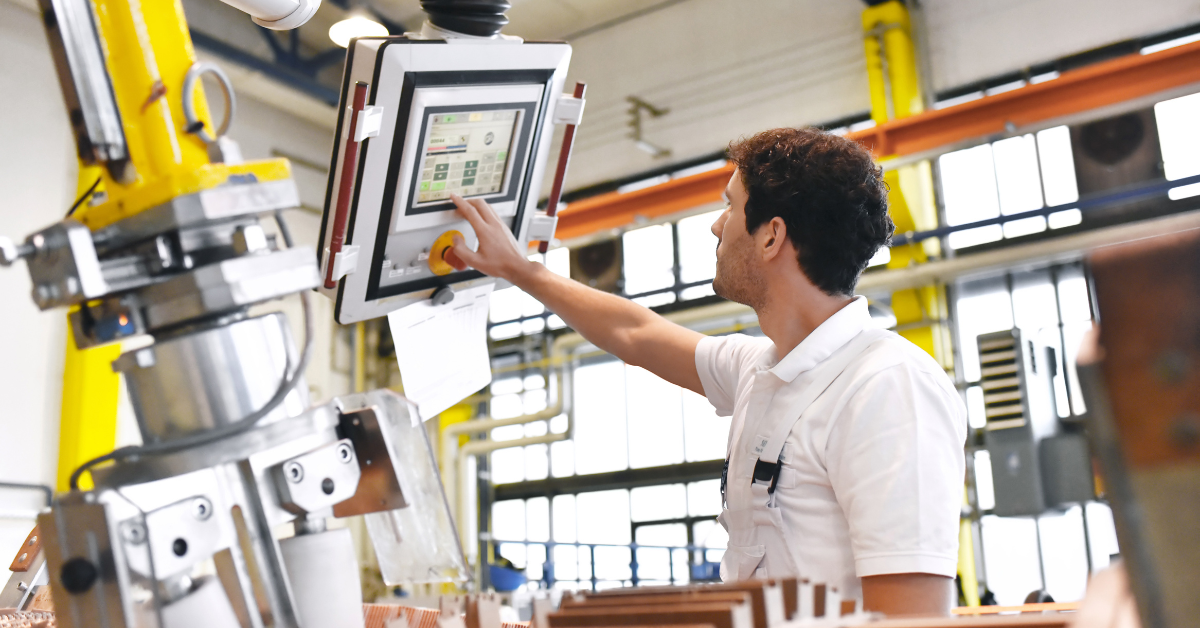3 MUST HAVE Maintenance KPIs
What KPIs are you using?
 There are dozens if not hundreds of measures that can be used to monitor the effectiveness of a maintenance team and the tools and systems that it uses.
There are dozens if not hundreds of measures that can be used to monitor the effectiveness of a maintenance team and the tools and systems that it uses.
Unfortunately many Reliability Leaders when presented with all of these measures get caught up in a self created competition where to win you need to use every maintenance KPI available. This of course leads to inevitable problems:
- More time is spent trying to gather data and justify the numbers than is dedicated to improving the situation
- There is no focus and each person is trying to satisfy many conflicting goals
- The team feel no ownership of goals that they see as unachievable
Ultimately of course this leads to a team full of conflict that does not deliver improvement to the business.
There is of course a different possibility available to all maintenance teams. Where:
- Measures and achievable goals are set and owned by the team
- Just a few measures are displayed and discussed each day to drive performance improvement
- The measures used are relevant and practical for the current needs of the business
High Performance Maintenance Teams use meaningful measures to drive performance and behaviour change on a daily basis.
You will find that the earlier you are on your improvement journey the worse this problem becomes. I regularly see teams operating in a completely reactive environment trying to effectively measure Mean Time Between Failure as a primary measure. While over the long term MTBF will provide a great representation of the improvement journey it is not a measure that can drive improvement activity.
So, let me share with you the 3 measures I look for when I start to work with a maintenance team for the first time:
Labour Utilisation
Here we are looking at what percentage of worked time the trades team are recording into their CMMS software.
The primary use of this measure is to ensure that all work history is being collected for further reliability analysis.
Additionally though this measure provides an instant insight into the engagement of the trades team as only an engaged team will put the effort into accurate data recording.
Labour Loading
This measure tells us how many available trades hours have been scheduled for work in advance.
Primarily a KPI for the maintenance scheduler and planner, this measure illustrates the overall health of the CMMS as low labour loading is usually associated with a small backlog of work or an ineffective planning & scheduling process.
Completion Rate
Very simply the completion rate tells us if we completed what we wanted to complete? Have we delivered on our promised service level to our customers?
At a surface level the percentage completion tells us how in control the maintenance team is.
By digging deeper into this measure we can quickly find the root cause of low completion rates; poor planning processes, high breakdown rates, poor engagement and lack of detailed scheduling can all contribute.
What Next?
Using just these 3 measures and discussing them daily you will very quickly have an insight into the overall effectiveness of your team and will have the tools available to drive sustainable improvement.
If your equipment uptime is not increasing as quickly as you would like then take a step back and ask yourself if you are using the best measures to drive improvement.
For further information on this topic, please contact Your Maintenance Coach or check out their website using the links below.
.png?width=190&name=IPA%20Logo%20Transparent%20(Hi-Res).png)








